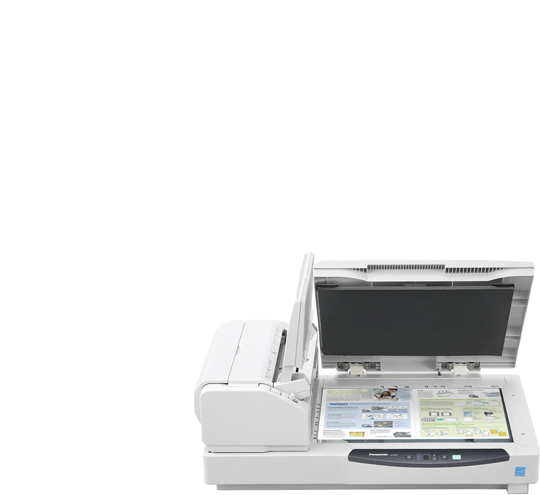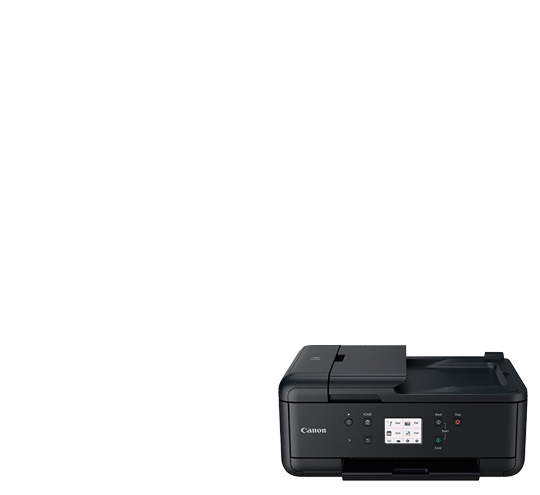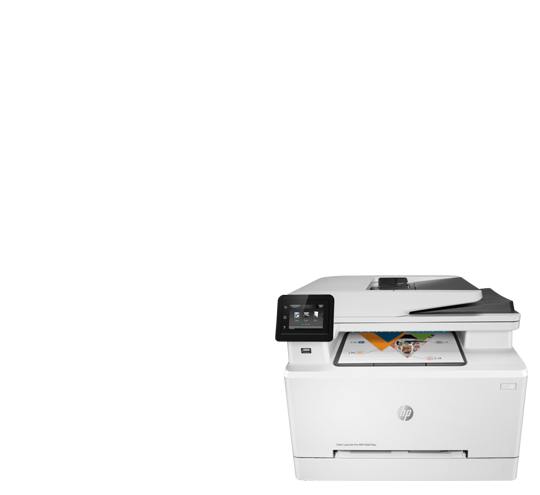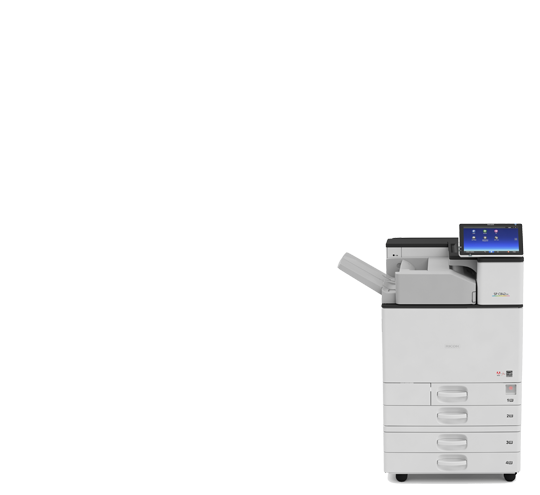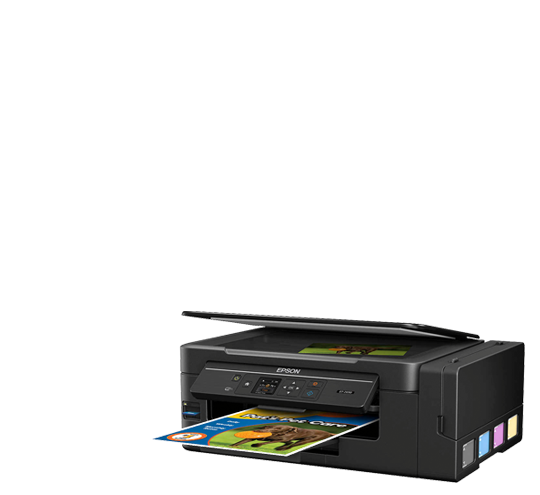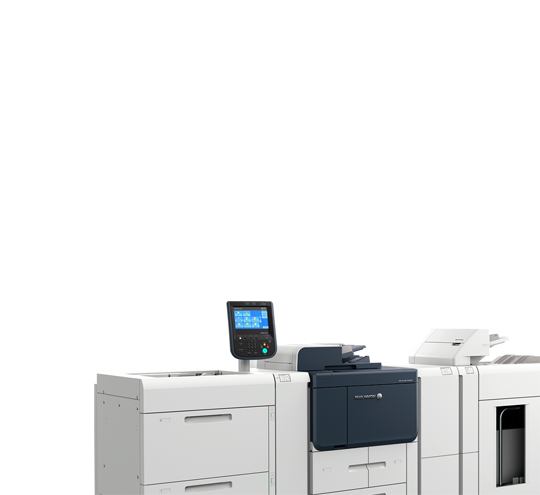Journal entries for inventory transactions Leave a comment
Content
- Periodic and Perpetual Inventory Systems
- Sale Transaction Entry
- Conversion Costs: Definition, Formula, and Example
- Learn How NetSuite Can Streamline Your Business
- Inventory and COGS
- What is Finished Goods Inventory?
- Finished Goods Journal Entry
- Cost of Goods Sold: Definition, Formula, Example, and Analysis
Categorizing inventory by its various stages helps manage the production process and supply chain, and gives an accurate account of total inventory. Finished goods are the third and final state of inventory ready for sale. As most other businesses only carry this type of inventory, there’s no need to distinguish finished goods and inventory specific to manufacturers. After the goods have made it through the entire assembly line and are completely ready for sale, they are transferred out of the work in process account to the finished goods inventory account. When a manufacturer decides to make a product, it must order the basis stock needed to build the product.
A finished good is an item manufactured or modified by a company from raw materials. There is therefore a change in the condition finished goods accounting of the product over time. The term finished product is generally found in businesses in a craft / industrial environment.
Periodic and Perpetual Inventory Systems
There are a number of inventory journal entries that can be used to document inventory transactions. In a modern, computerized inventory tracking system, the system generates most of these transactions for you, so the precise nature of the journal entries is not necessarily visible. Nonetheless, you may find a need for some of the following entries from time to time, to be created as manual journal entries in the accounting system.
- Stocking too many finished goods increases warehousing costs, decreases cash flow, and can leave you with a lot of dead stock or obsolete inventory.
- As such, using the LIFO method would generate a lower inventory balance than the FIFO method would.
- Let’s say your starting inventory is $3,481, your cost of goods manufactured is $5,000, and your cost of goods sold is $2,090.
- Finished goods inventory and the cost of goods sold (COGS) are related but not the same.
- Goods that have been purchased in completed form are known as merchandise.
- Goods that have been acquired for immediate resale without any value-added activities are considered to be merchandise, rather than finished goods.
- At the end of 2020, factory X had 1000 finished pieces of silk in stock that needed to be sold.
As such, using the LIFO method would generate a lower inventory balance than the FIFO method would. This must be kept in mind when an analyst is analyzing the inventory account. Work in process inventory (AKA work in progress or WIP inventory) is everything that happens to inventory in between raw materials and finished goods. Finished goods are goods that have been completed by the manufacturing process, or purchased in a completed form, but which have not yet been sold to customers.
Sale Transaction Entry
Finished goods inventory examples may be generated using the formula of finished goods inventory. In a Supply chain management flow, the finished goods of a supplier can constitute the raw material of a buyer. Finished goods is the type of inventory that is ready for delivery to a customer. Additional entries may be needed besides the ones noted here, depending https://accounting-services.net/sinking-funds/ upon the nature of a company’s production system and the goods being produced and sold. The finished goods inventory account is a type of control account that controls the individual finished goods records in the finished goods subsidiary ledger. To help you understand more and apply this formula, we take an example of a textile company X producing silk.
- You order thousands of aluminum sheets with which to make the cans, which is considered raw materials inventory.
- Accounts payable turnover requires the value for purchases as the numerator.
- Raw materials inventory is any material directly attributable to the production of finished goods but on which work has not yet begun.
- There are some very short or simple manufacturing processes that don’t require specific reporting of WIP inventory.
Finished Goods are goods that have undergone the manufacturing process, or goods that have been procured for purposes of reselling, and are in the possession of the company, but have not been sold yet. In this article, we will explain what is finished goods, how it is important, and especially how to calculate finished goods inventory by giving you not only the formula but also some examples. Let’s say your starting inventory is $3,481, your cost of goods manufactured is $5,000, and your cost of goods sold is $2,090. And they all improve when you invest in tightening up your finished goods inventory process and reporting (see what is inventory). For the period, its finished goods inventory is $130,000 (which will be used as the previous finished goods inventory for the next period). Harold Averkamp (CPA, MBA) has worked as a university accounting instructor, accountant, and consultant for more than 25 years.
